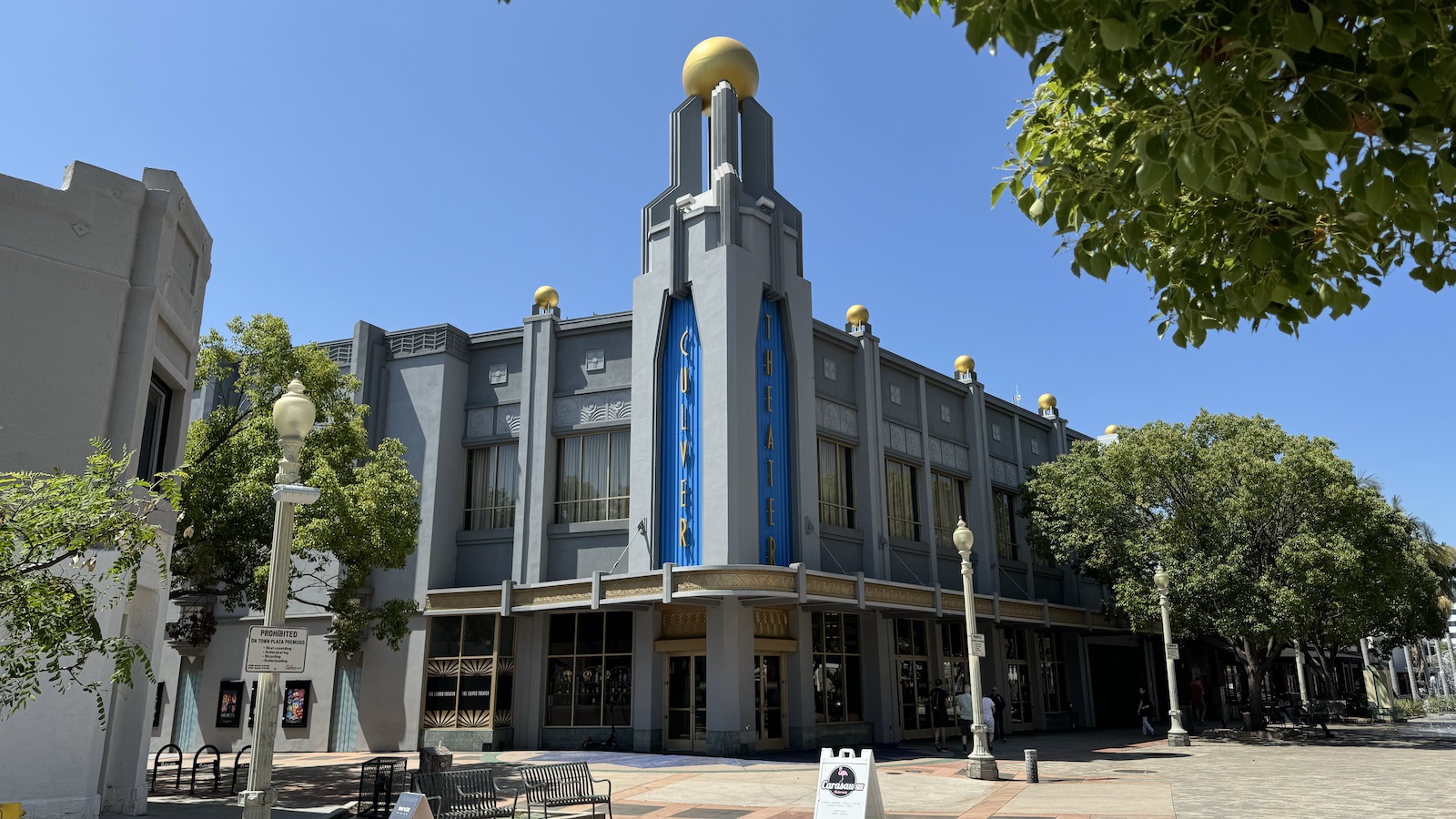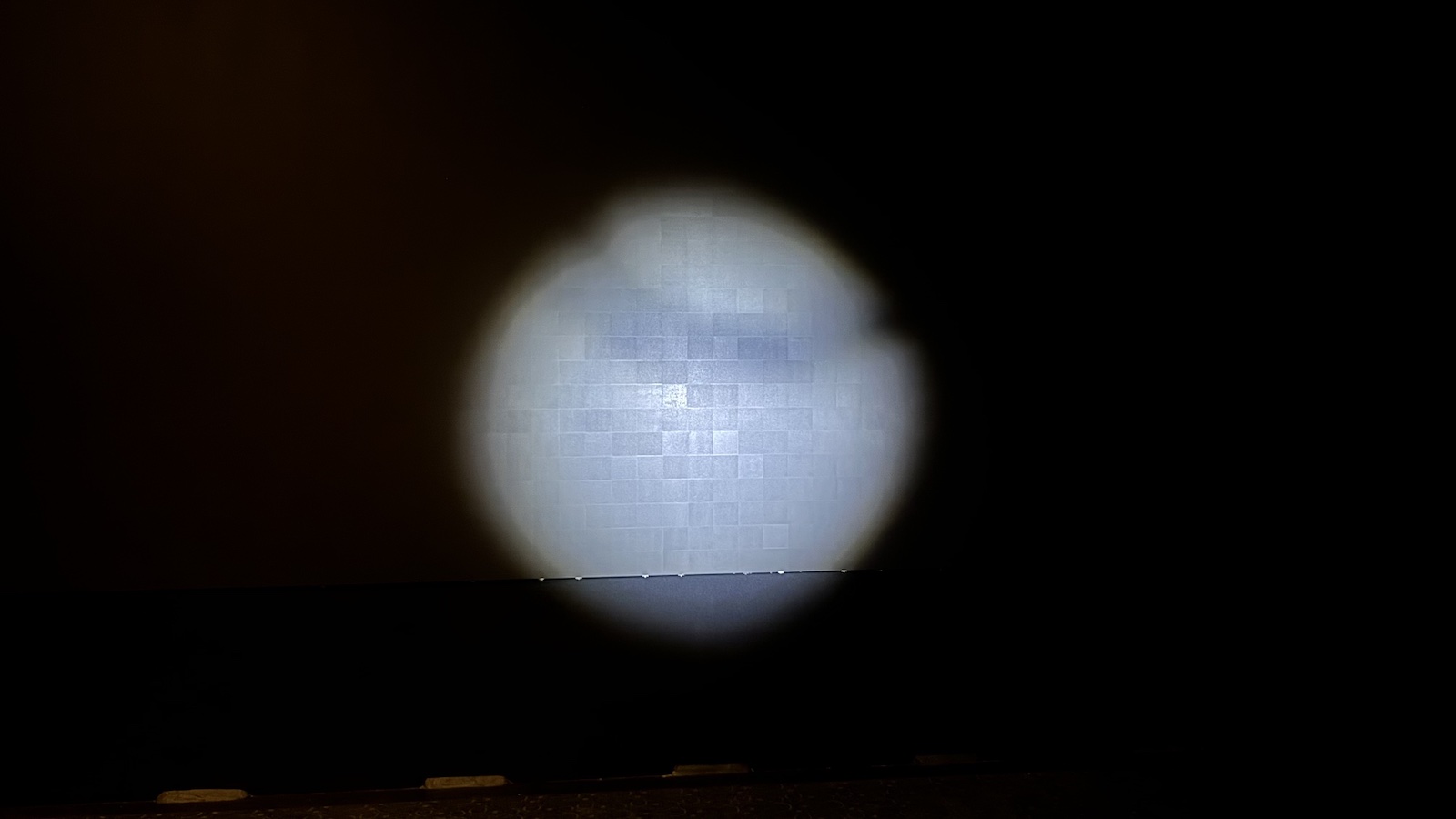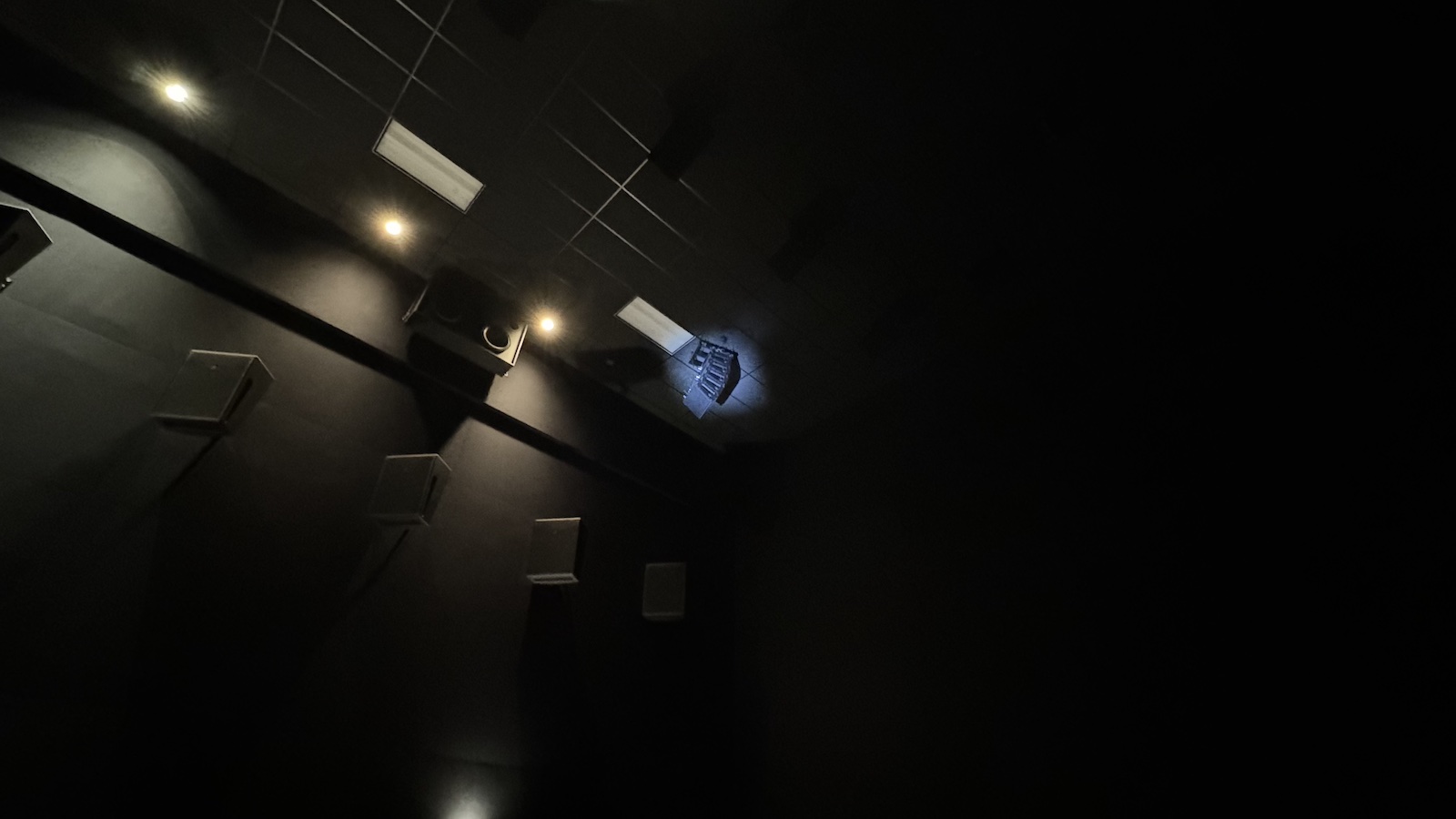I watched Inside Out 2 at an Onyx LED cinema and now my local cinema is ruined
It has its issues, but cinema-scale HDR is a thing of beauty

I’m currently in Los Angeles, primarily to learn about Samsung’s approach to audio design (more on that in the near future), but I’ve just had an experience that may well have ruined my weekly trip to my local cinema.
Nestled among the movie studios in Culver City is the The Culver Theater, a cinema that looks charmingly old-school from the outside but that inside houses several next-gen cinema screens. These are Samsung Onyx screens – huge LED displays that can do things that a cinema projector can only dream of.
The most notable of these things is HDR. The Onyx displays are capable of hitting a peak brightness of 500 nits. That might not sound like much in the face of 2000+ nit TVs, but it’s exceptionally bright for a huge cinema screen. For context, most cinema projectors will hit a peak of around 48 nits, which is decidedly not HDR, IMAX can hit about 75 nits, and a Dolby Cinema will get to about 108 nits. Dolby Cinemas are usually described as having ‘extended dynamic range’ (EDR) rather than ‘high dynamic range’ (HDR).
The other big thing that an LED cinema can do that a regular cinema cannot is black. Projectors beam light onto a white screen and they clearly can’t project black, so dark grey is really the best they can manage. An LED display, on the other hand, can simply turn individual LEDs off, resulting in perfect black.
Between its relatively limited brightness and relatively limited black depth, your average cinema is pretty lacking in contrast. That doesn’t make it bad (though my colleague might tell you otherwise), but I’m here to tell you that it can be much better.

Watching a 300-nit master of Inside Out 2 on a 52-foot Onyx screen is a revelation. That level of pop on that sort of scale is stunning. The image leaps from the screen with gleaming highlights and awesomely punchy colours, and everything is underpinned by those super-solid blacks. The average cinema, such as the local one that I regularly visit, looks grey and washed out by comparison. I was only able to watch 5 minutes or so of the movie at The Culver Theater, so I’ll need to visit said local cinema to see it properly this weekend, and I anticipate it being a massive comedown.
That isn’t to say that the Onyx cinema was perfect. 4K isn’t a very high resolution at that sort of size, and something about the LED tech seems to reveal pixelation in a way that a projector doesn’t. It wasn’t a big deal by any means, but I occasionally felt aware of jaggies in a way that I’m not when I go to a standard cinema.
Get the What Hi-Fi? Newsletter
The latest hi-fi, home cinema and tech news, reviews, buying advice and deals, direct to your inbox.
The sound was a bigger issue, though. In a usual cinema, speakers are positioned directly behind the screen, which is perforated to allow the audio to escape. This means that the sound literally comes from the screen. The same thing isn’t possible with an LED display, so a more creative solution is required. In some Onyx cinemas, speakers are positioned above and below the screen and Samsung’s own DSP technology is used to make it seem as if the sound is coming from the screen, but in The Culver Theater they use ceiling-mounted speakers that are in fact pointed down and towards the screen so that sound bounces off it and back out to the audience.

Unfortunately, I don’t think this latter solution is particularly effective, as I was very aware while watching the movie that voices were coming from above. Perhaps that effect is lessened when sitting further back in the auditorium, but it was a little distracting from my position around the middle of the room.
But there’s a bigger issue still for Onyx cinemas: very few movies are mastered to take advantage of its higher nit count. In fact, currently, Pixar is the only studio that produces 300-nit masters for Onyx. Most of the time, Onyx cinemas have to make do with the 108-nit Dolby masters – and many movies don’t even go that bright. Work is of course being done to persuade more studios to release brighter masters for Onyx, but it appears to be quite a slow process.
That said, even if you were to take the HDR brightness away, I still think those deep blacks would make Onyx look more contrasty and solid than the average cinema. I would like to go back and test that theory but, alas, I’m shortly heading back to the UK and, to the best of my knowledge (I have asked and someone is going to get back to me), we have no Onyx cinemas in good ol’ Blighty. I guess I’ll just have to make do with my local Cineworld for the foreseeable, then.
MORE:
Fancy a cinema experience at home? Here are the best projectors
And these are the best AV receivers
Tom Parsons has been writing about TV, AV and hi-fi products (not to mention plenty of other 'gadgets' and even cars) for over 15 years. He began his career as What Hi-Fi?'s Staff Writer and is now the TV and AV Editor. In between, he worked as Reviews Editor and then Deputy Editor at Stuff, and over the years has had his work featured in publications such as T3, The Telegraph and Louder. He's also appeared on BBC News, BBC World Service, BBC Radio 4 and Sky Swipe. In his spare time Tom is a runner and gamer.
-
lovlid So,,,,4k is not a high enough resolution. You’re beset with pixelation issues, and the sound isn’t great. If this was a Review of a TV it would probably be 3 stars? But it might have ruined normal cinema for you.Reply
Why???

